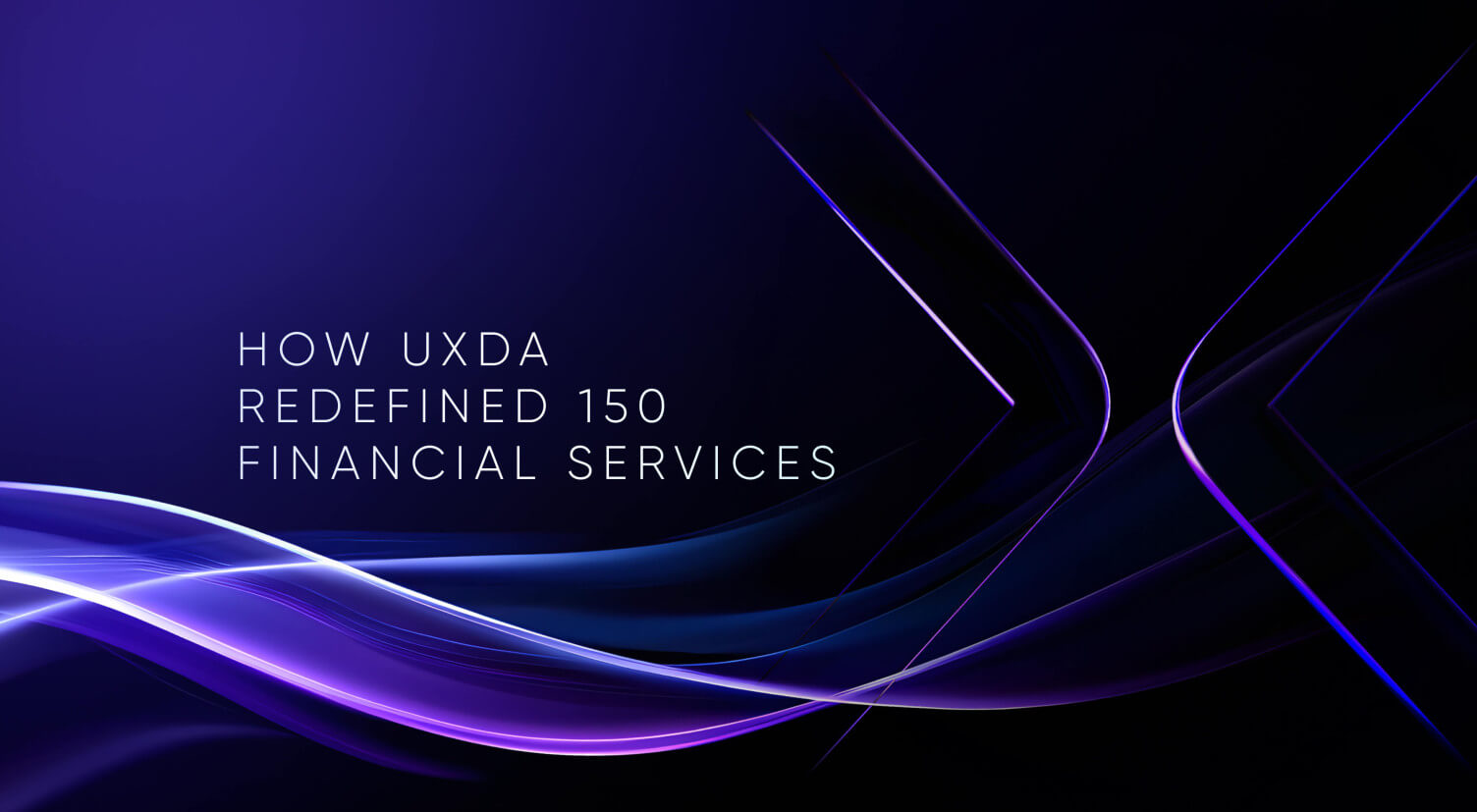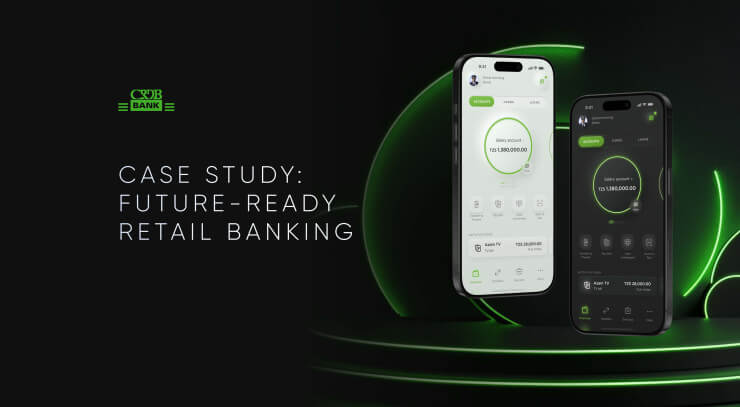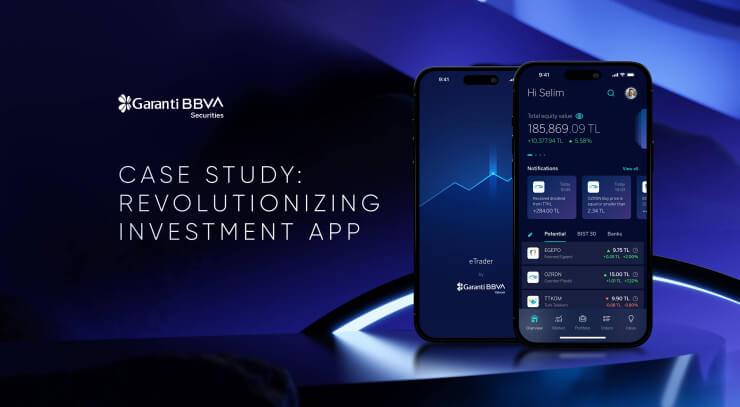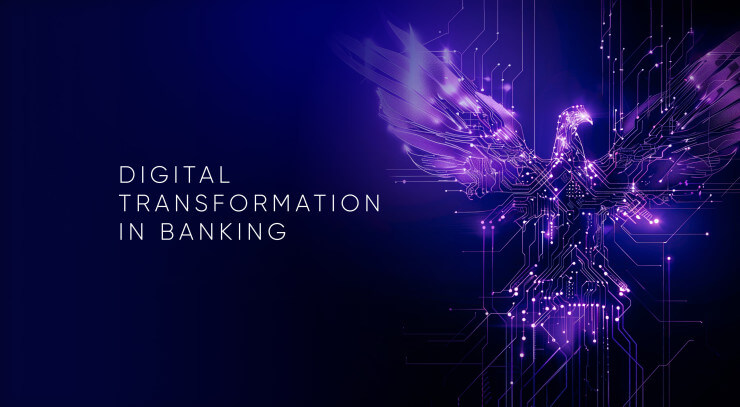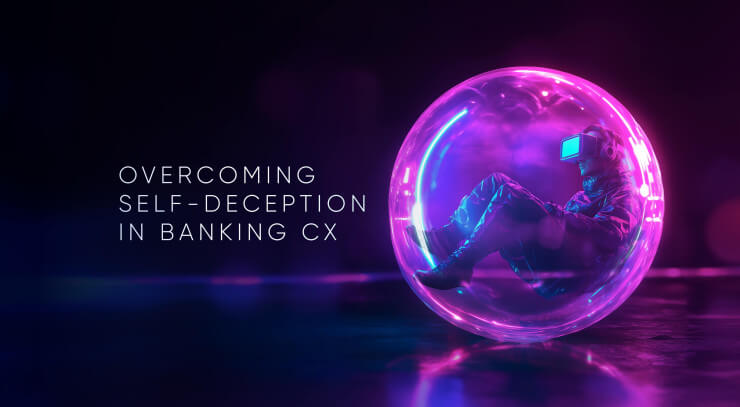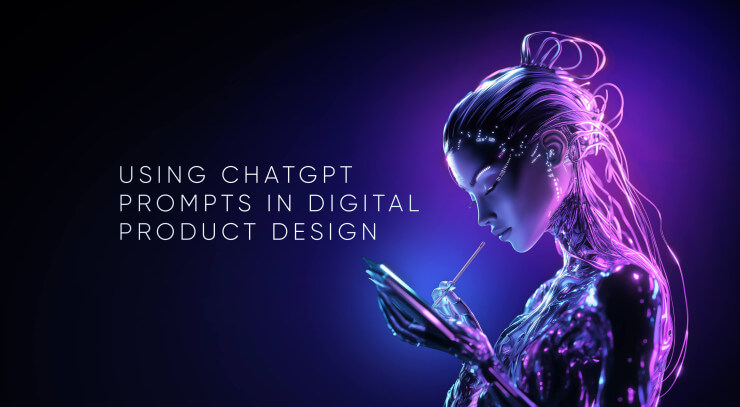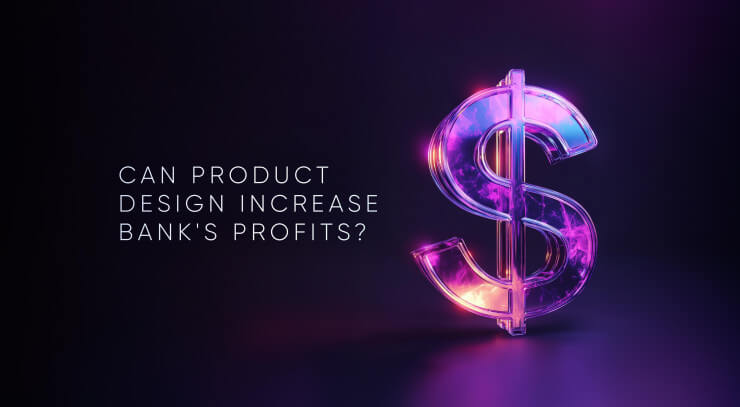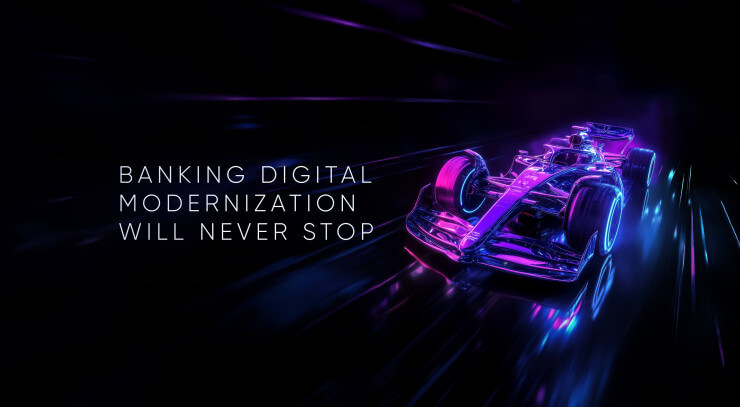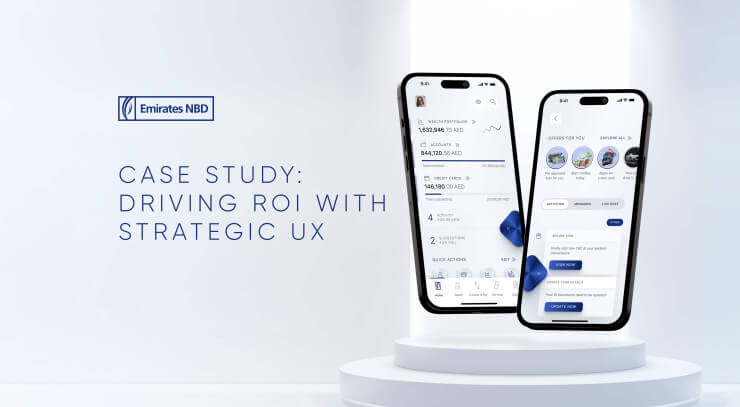Premier Blog on Financial UX Design and UX Innovation
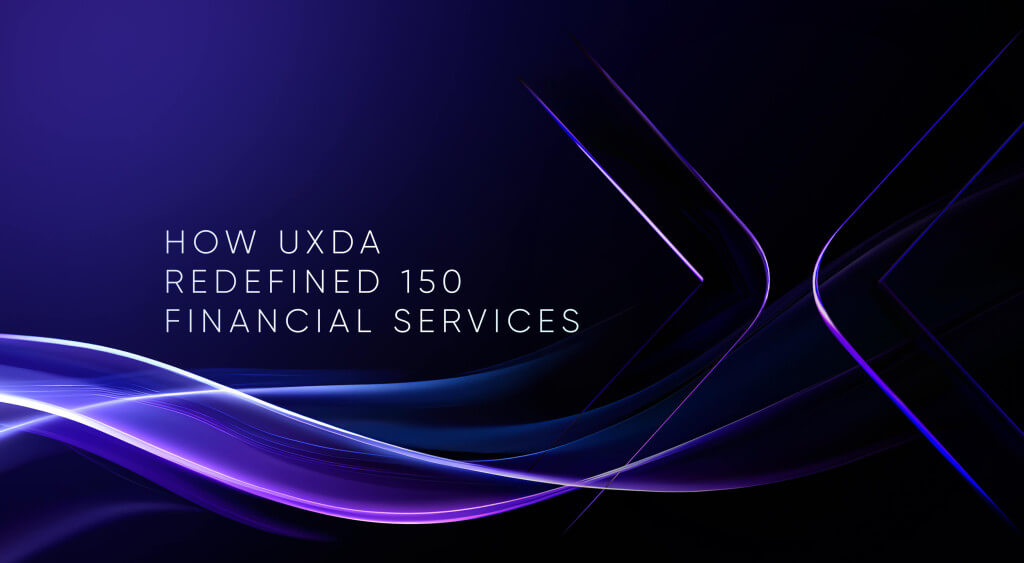
Could design, often seen as an afterthought or just decoration, truly revolutionize finance? The toughest markets need the softest touch. Confident in their beliefs, Alex and Linda embarked on a mission to demonstrate that human-centered design could play a pivotal role in the financial sector.
CRDB Case Study: Moving from Standard Digital Banking to a Future-Focused Brand in Africa
CRDB Bank, a leading financial institution in Tanzania, recognized the need to transform its outdated mobile app into a cutting-edge solution for the future. By partnering with UXDA, CRDB not only modernized its app but also reinforced its reputation as the bank of tomorrow.
Garanti BBVA Securities Case Study: Designing a World-Class Investing Experience
Garanti BBVA Securities aimed to move beyond third-party solutions by setting a new standard for investment experience in the Turkish market. The challenge was to transform eTrader into a highly personalized, user-centered app that delivers outstanding digital experience.
Digital Transformation in Banking Lacks Branding, Not Technology
The most successful transformations in banking are not those that simply leverage technology, but those that seamlessly integrate powerful digital branding to create an emotional connection with customers.
Breaking the Self-Deception to Improve Customer Experience in Banking
Financial companies and banks worldwide are investing heavily to improve customer experience in banking. Despite these genuine efforts, many banks struggle to achieve the desired results. The culprit? Self-deception.
Banking Innovations: Using ChatGPT Prompts in Digital Product Design
This article unveils the secrets of using ChatGPT prompts to drive innovation in banking UX, providing insights into how this tool can be integrated into the standard design process for transformative results.
"Sexual Revolution" in Banking CX: Is There "Sex Appeal" in Your App?
Successful banking apps like Revolut and Cash App thrive by creating sexy user experiences that go beyond basic functionality. In this article, we explore why injecting "sex appeal" into your financial product is the key to making it a market leader.
Digital Banking ROI: How Product Design Increases Bank Profits
As the financial industry evolves, digital products will remain central to a bank's identity and perception, making digital product design and UX key elements of banking strategy, brand identity, and profitability.
Digital Transformation in Banking is an Illusion: Banking Innovation Will Never Stop
The digital transformation of banking is an illusion—modernization will never truly end. Traditional banking, with branches and manual processes, is obsolete. To stay relevant, banks must operate like tech companies, driving continuous innovation and enhancing customer experience.
Emirates NBD Case Study: Driving Ecosystem ROI with Strategic UX in Middle East Banking
This case study delves into how the strategic UX approach transformed Emirates NBD’s digital ecosystem, setting a new standard of excellence for digital banking worldwide and solidifying the Emirates NBD brand’s position as a leader in the Middle East financial industry.


